Flood safety tips: DOs and DON'Ts you should know to protect your family
Flooding is a leading cause of death from natural disasters in the world. Therefore, it’s crucial to remember these flood safety tips below to protect yourself and your loved ones when necessary.
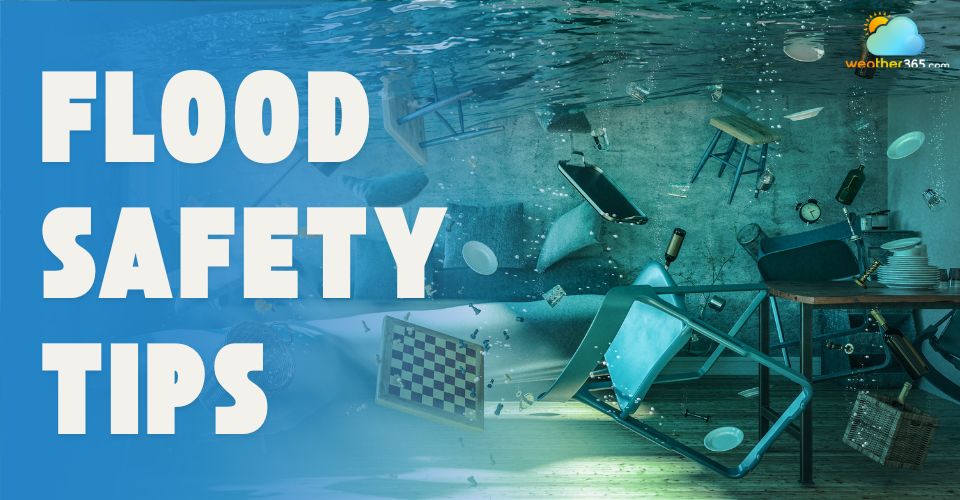
Safety tips for floods
What is a flood?
A flood occurs when water overflows onto normally dry land. The overflow can range from a few inches deep to fully submerging entire buildings.
It is often caused by heavy rain, river overflow, storm surge, or failure of water control structures. ( Read more: What causes floods?)
Floods can lead to property damage, displacement, and hazardous conditions.
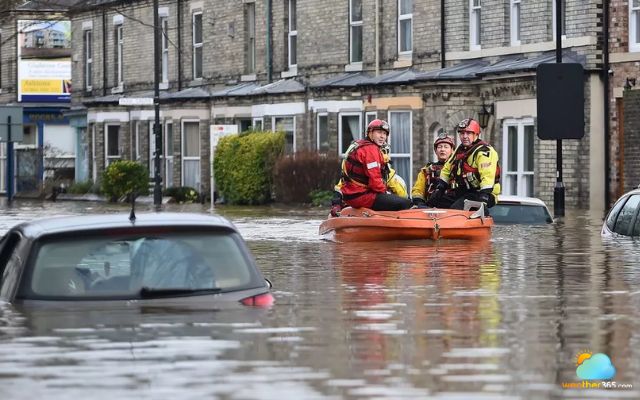
A flood can submerge an entire building
Flood watch vs warning
Knowing and understanding flood signs is one of the most important flood safety tips.
When a flood watch or warning is issued, you will know what to do to be safe.
-
Flood WATCH or Flash Flood WATCH: A flood or flash flood is possible in your area. You need to concentrate on changing the weather and flood conditions. At this time, you should also prepare an emergency kit and be ready to move to higher ground.
-
Flood WARNING: This is issued when a flood is occurring or imminent. Move to higher ground. Do not drive through flooded roads.
-
Flash Flood WARNING: A flash flood is happening or about to occur. You should look for and move to higher ground immediately.
Understand more about flash vs flash flood in the article “What is a flash flood?”
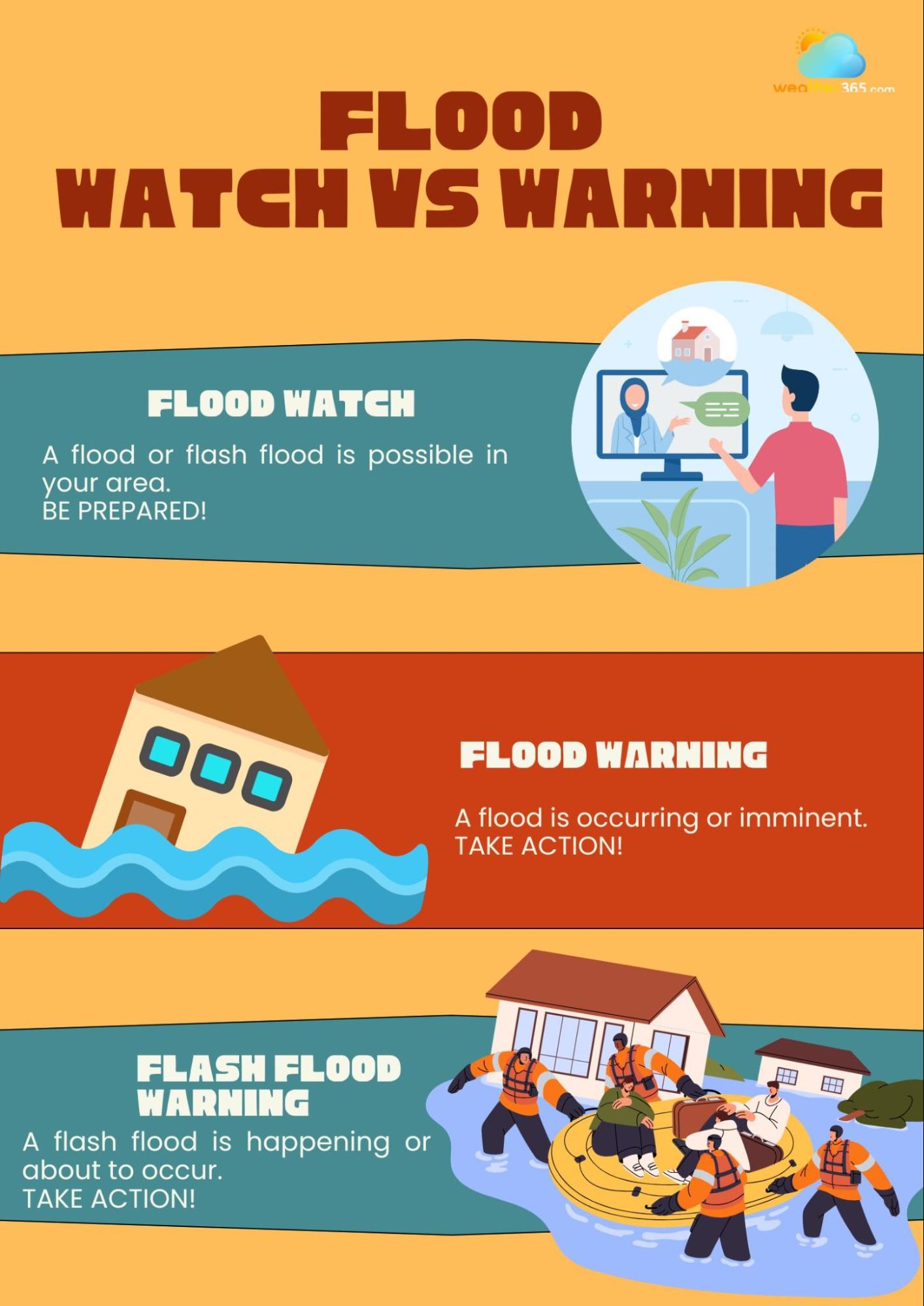
Flood watch and flood warning
Flood safety tips: Flooding DOs
When facing flooding, it’s crucial to prepare for flooding and stay safe.
Here are essential flood safety tips to help you protect yourself, your family, and those around you:
✔️ Keep together and stay safe with your family and neighbors
Ensure all family members are accounted for and stay in a safe location.
You also help vulnerable individuals like children, the elderly, or those with disabilities.
Stay in a safe, dry location. It should be a higher ground or in a designated shelter.
✔️ Prepare and keep a flood emergency kit ready
Prepare an emergency kit including essential items such as water, non-perishable food, medications, important documents, flashlights, batteries, and a first aid kit.
You should place the emergency kit in a location that is easily accessible, known to all your family members. Ideal places include a hall closet, a designated space in the pantry, or even a sturdy, waterproof container in the garage.
✔️ Follow emergency instructions and warnings
Pay close attention to the advice of emergency services and local authorities.
You can use a battery-powered radio or reliable apps for alerts and warnings.
Follow evacuation orders immediately. Do not underestimate any flood warning, even if the weather looks calm.
✔️ Turn off utilities to prevent hazards
Know how to quickly turn off utilities at your fuse board, gas meter, and water stopcock to prevent hazards like fires, explosions, or contamination during flooding.
Post instructions in visible areas for quick access.
✔️ Stay alert and monitor the ongoing situation
Keep track of weather forecasts (Weather365.com), river levels, and emergency announcements to remain informed of any changes. Also, you can sign up for SMS alerts or use trusted emergency apps.
✔️ Block the downstairs toilets and drains to prevent sewage backflow
Use sandbags or strong bin bags filled with soil to seal drains and toilets, reducing the risk of contaminated water entering your home.
✔️ Move important items to a high and safe place within your home
Elevate valuables, electronics, and essential belongings to protect them from floodwater damage.
Flood safety tips: Flooding DON’Ts
When facing flooding, knowing what actions to avoid is just as important as preparation.
Following these key DON'Ts can help keep you safe and prevent further harm during and after a flood event.
❌ Don’t enter floodwater.
Even just 6 inches of fast-moving water can knock a person off their feet.
Floodwaters may hide dangers like uncovered manholes, sharp debris, and unstable ground beneath the surface.
❌ Don’t drive through floodwater.
Less than 2 feet of water can float and sweep your vehicle away.
Additionally, hidden hazards such as sudden drops, debris, and fallen power lines can cause serious risks.
❌ Don’t touch the floodwater.
Flood water is often contaminated with sewage, chemicals, and other harmful substances.
If you need to be exposed to contaminated floodwater, you should wear rubber gloves and boots and wash thoroughly afterward.
❌ Don’t attempt to swim through floodwater.
Strong currents and debris make swimming extremely dangerous.
Even the best swimmers can be overwhelmed or injured by flowing debris.
❌ Don’t re-enter flooded areas until authorities declare them safe
Structural damage, contamination, and unstable ground can persist after floodwaters recede.
❌ Don’t enter a flooded property unless it’s confirmed to be structurally safe.
Buildings may be weakened or unstable. Always have a professional inspection before going inside.
❌ Don’t turn on electricity or gas supplies until checked by qualified personnel.
Electrical systems and gas lines may be compromised.
Avoid using naked flames or smoking to prevent fire or explosions from gas leaks.
Wrap up
Staying prepared and informed can make all the difference when facing severe weather and rising waters. By following these flood safety tips, you can protect yourself, your loved ones, and your property from the devastating effects of flooding. Don’t wait until it’s too late, take action now, and share these flood safety tips with your community to help others stay protected too.
Frequently Asked Questions (FAQs)
Related post
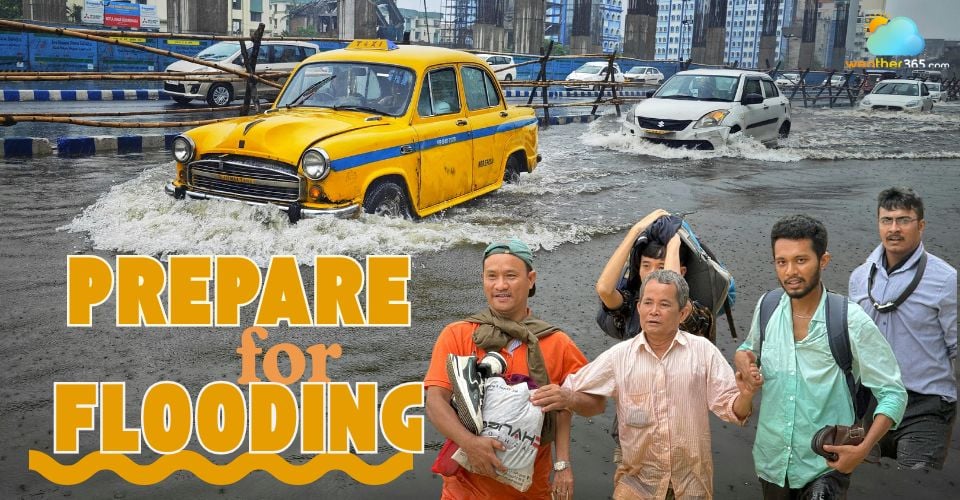
Prepare for Flooding: What to Do Before, During, and After a Flood
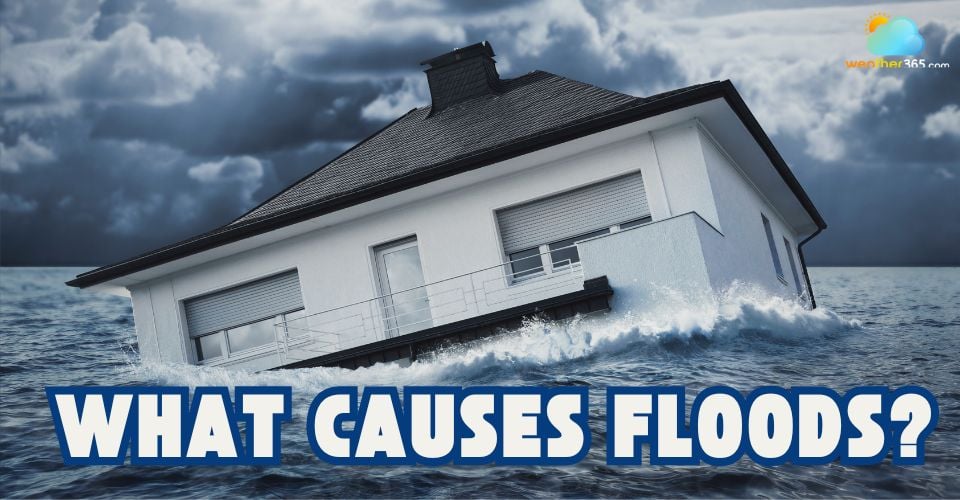

0 Comment
Leave a comment
Your email address will not be published. Required fields are marked *